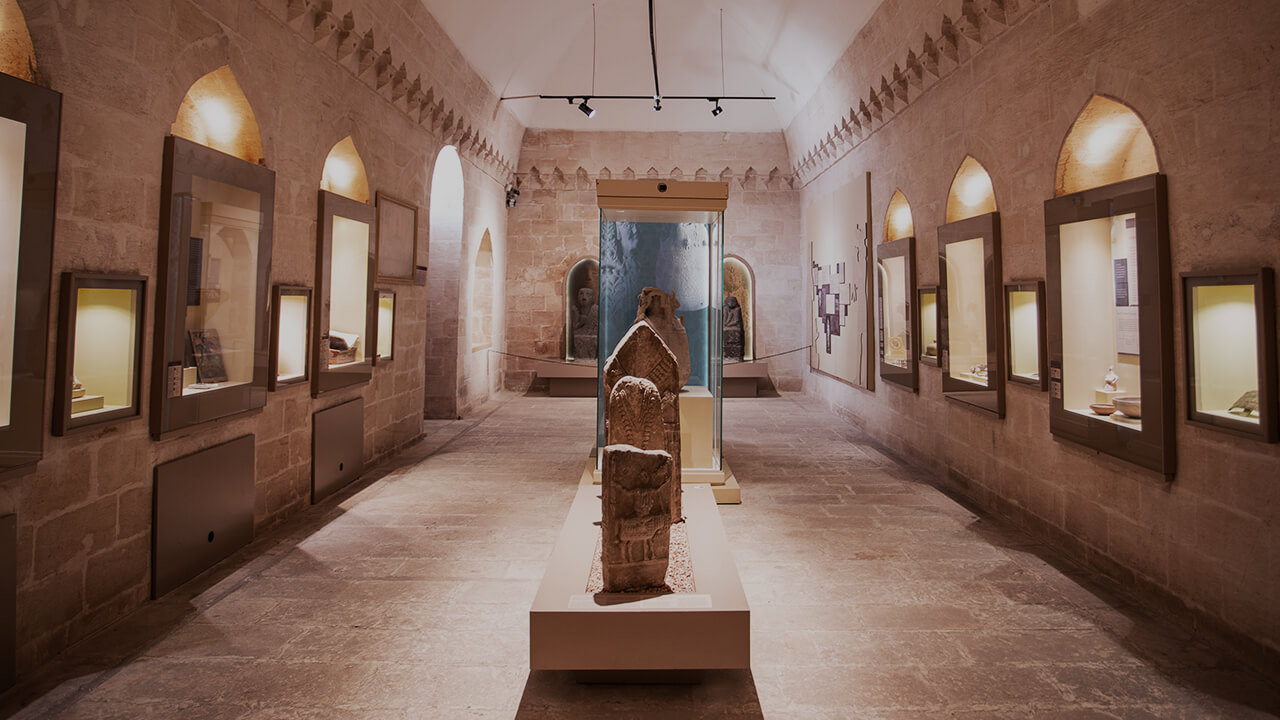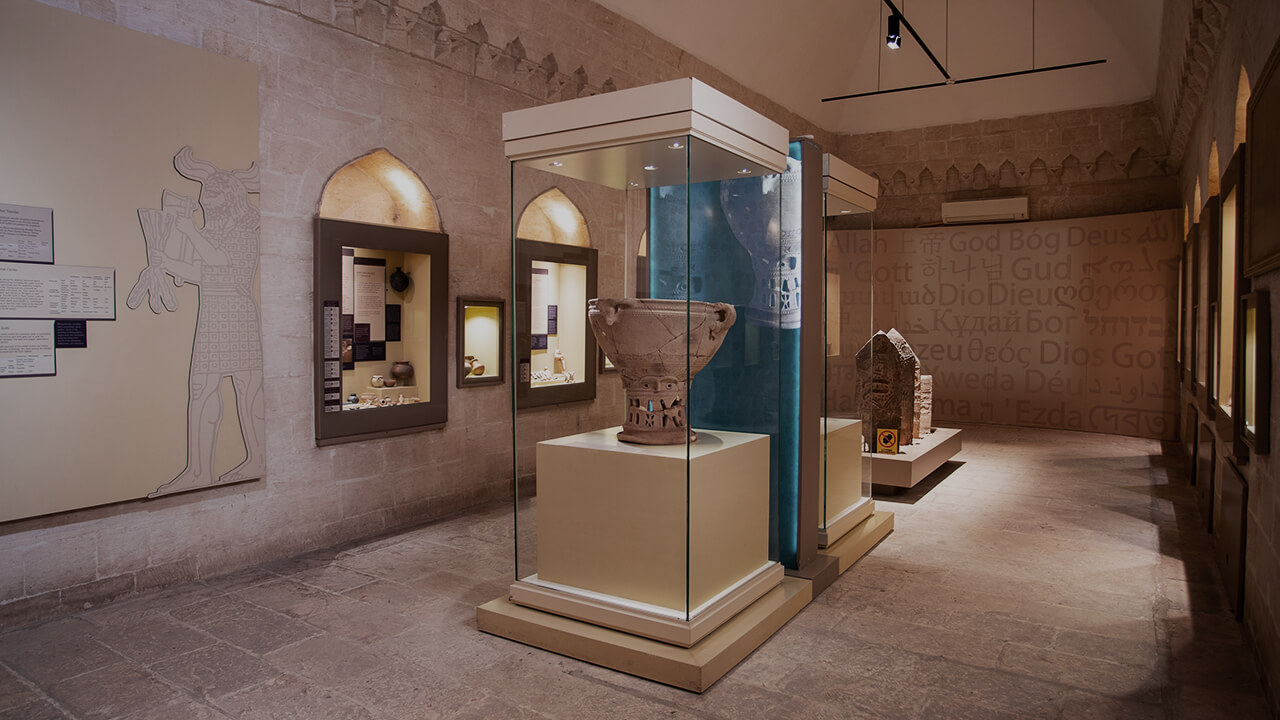
2.12.2022
5 Dakika
Mardin is one of the cities that opens the door to another world for its visitors with its unique historical structure, unique architecture and protected historical buildings. Mardin is located in the Southeast Anatolia region of Türkiye and on the historic Silk Road route. As a city where many different cultures and faiths live together, Mardin is a very special part of the common heritage of mankind. Those who visit Mardin encounter an interesting character at every turn in this city where historical richness and cultural diversity create a unique atmosphere: This is Shahmaran, which they see in the sound of hammers going up and down on copper plates, in the skilled hands of filigree masters or in the cross-stitch that resembles a detailed painting. A mythical creature in the form of a snake from the waist down and a woman on top... This figure, whose name means "the king of snakes" (shah: king, maran: snakes) in Persian, comes from a legend widespread in the culture of all peoples living in the region. If you like, listen to the mythological tale in which this figure is identified with the wonderful products of this beautiful city and its artisans.

Our story begins when Camasb, a poor teenager, finds a well full of honey with a group of friends. The friends decide to lower one of them to the bottom of the well to extract the honey. The one who will descend to the bottom of the well is Camasb. Camasb, who descends into the well and delivers the honey to his friends above, is betrayed, his friends leave him at the bottom of the well and run away for more honey to fall on them. A hole in the wall of the well catches Camasb's eye as he desperately tries to find a way out of the hole he is stuck in. As Camasb takes out his pocket knife and enlarges the hole, he is stunned by what he sees. As he speeds up his work, the hole opens up to an underground garden of unprecedented beauty. In the center of the garden is a pond adorned with trees and fragrant flowers like no other in the world. Camasb, who entered the garden through the hole, was startled at the first sight of this pond and froze on the spot. For what he saw were hundreds of snakes concentrated near the pond, seemingly devouring the whole garden. And soon he noticed the throne just beyond the pond. On the throne sits a woman shaped like a snake from the waist down. The queen of these snakes is Shahmaran. Shahmaran notices that Camasb has entered the garden and tells him not to be afraid, but to come closer.
As Camasb approaches Shahmaran, a strong friendship develops that will last for years. He stays with Shahmaran for many years, drawing on his old knowledge during his stay. But as happy as Camasb is with Shahmaran, he misses his family, the world he knows, and the people he knows. Shahmaran, unable to bear Camasb's entreaties, lets him go one day on the condition that he keeps his whereabouts a secret.
When Camasb returns to earth and his old life, he keeps his word for a while. He tells no one about what happened to him, about Shahmaran and her underground garden. But one day the sultan of the country falls ill and the vizier says that the only hope of salvation for the sultan is to eat the flesh of Shahmaran. This is not the only truth the vizier knows. He also knows that snake-like scales appear on the body of anyone who sees Shahmaran. The news spread throughout the country and gathered people in the baths, causing the scales to appear on Camasb's body. As a result, Camasb is forced to reveal the secret of Shahmaran, albeit reluctantly. Shahmaran, who was captured and taken to the baths, reads Camasb's sadness at having to give up his friend and gives him one last piece of advice. "When they kill me and boil me, don't drink my first water, but let the vizier drink it. You drink my second water. Let the Sultan eat my meat and get well." Camasb follows Shahmaran's advice. The vizier who drank the first water in which Shahmaran was boiled was poisoned and died, and the Sultan who ate of her flesh was cured. It is said that Camasb, who followed the advice of his old friend, gained infinite wisdom.

When you visit Mardin, where this ancient and touching story is embroidered on the streets and in handicraft stores, do not forget to visit the Mardin Museum. In the Mardin Museum, you can see many remnants of the cultural wealth of Mesopotamia from the past millennia.